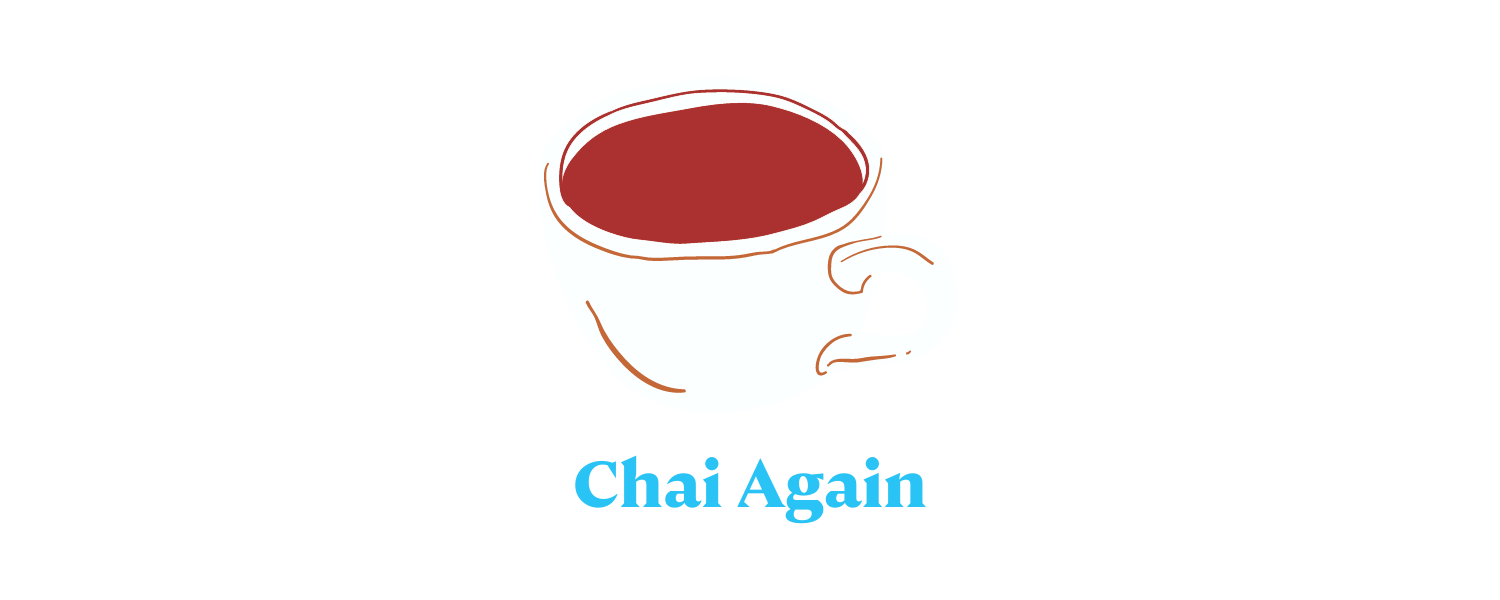Fact Check: Debunking Misconceptions about the National Suicide Hotline 988
Mostly False
Mental health advocates have raised concerns regarding the new National Suicide Hotline potentially sharing sensitive information such as geolocation with emergency services, which could harmfully impact vulnerable communities. This claim is half true (50-50) – while 988 can share data and geolocation with emergency services, the hotline strives to protect privacy in most calls.
A tweet that reads, “using the new 988 services (phone or chat functions online) will automatically route your geolocation to local authorities! funding for the crisis response teams for 988 also did not include any regulations for training so they’re trained by cops as they see fit”
In 2020, the National Suicide Hotline Designation Act was signed into law, requiring the former National Suicide prevention line to be reprogrammed to an easier-to-remember 3-digit number, 988. This line is meant to be a top prevention and care resource for suicide and mental health crises.
988 will be run by Vibrant Emotional Health (VEH), a nonprofit that specializes in emotional support and care for those in need. VEH will run the line in partnership with local crisis centers across the nation to allow for locally-based referrals, care, and support. 988 has different call centers from 911, meant specifically to serve crises related to mental health. On the other hand, 911 is for public safety-related emergency services, including emergency medical services (EMS), firefighters, and police officers.
In previous years, the old suicide hotline number received close to ~4 million calls; however, with the implementation of this new number and better resources, The Substance Abuse and Mental Health Services Administration (SAMHSA) predicts double the number of calls this calendar year.
Mental health advocates have raised valid concerns on whether the 988 number will be able to do the following:
Provide services from mental health crisis trained professionals instead of police
According to U.S. Representative Tony Cardenas, a police encounter with a civilian is 16 times more likely to result in that person’s death if they have an untreated mental illness.
Provide confidential services and protect the privacy of callers
Without the protection of privacy for the caller, individuals could be at risk of being involuntarily rescued
Provide timely care to those in need
According to an analysis by the Wall Street Journal of data from 200 call centers, about “1.5 million of 9.2 million calls to the old suicide prevention hotline between 2016 and 2021 were abandoned” before the caller could be connected to a counselor for help. Due to long wait times and lack of resources, many callers gave up on waiting. The transition to 988 includes increased staff and funding for call centers to improve capacity and service delivery.
According to the National Suicide Prevention Line (NSPL), 988 calls are only referred to 911 if a crisis or attempt on life is in progress during the call that can’t be addressed through the existing Suicide Prevention Lifeline Network.” The crisis counselor may share information with 911 to save the caller’s life – survey data from Didi Hirsch Mental Health Services reports that less than 2% of current calls require connection to an emergency service.
However, callers should beware that this 2% statistic does not paint the full picture. According to data published by the NSPL, in 2017-2018, the line received 2.2 million calls. The survey data only included 1,020,142 calls, of which 21,055 callers were labeled as “Imminent Risk” and subjected to “Active Rescue.” Thus, nearly half of all calls were not represented in this survey, which could bias the numbers.
The survey data excluded mobile mental health crisis teams sent to visit another 108,386 callers. Mobile mental health crisis teams can and often do include members of EMS services. So, the number of callers who get visited by EMS and are potentially subjected to involuntary rescue is likely higher than the 2% claimed by NSPL.
SAMHSA states that 988 calls do not trace callers as 911 providers do. However, the line does use geolocation to direct calls to the nearest crisis center based on zip code. EMS can locate callers if counselors decide to reroute the call to emergency services.
The claim that the new suicide hotline 988 shares geolocation data with emergency services like the police is mostly false – the number currently does not have the capacity to track callers, but counselors can reroute calls to emergency services if they suspect an imminent threat to the caller’s life.
Got false information you want to share with us or something to fact-check?
References and Further Reading:
Brianna Abbott, José Luis Martínez, Ryan Tracy. Wall Street Journal. One in Six Calls to National Suicide Prevention Lifeline End Without Reaching a Counselor. 11 July 2022.
Susan Carpenter. Spectrum News. What you need to know about the new 988 mental health services lifeline launching Saturday. 21 July 2022.
The Substance Abuse and Mental Health Services Administration. Crisis Center Survey 2018. Fall 2018.
The Substance Abuse and Mental Health Services Administration. SAMHSA Press Release. U.S. Transition to 988 Suicide & Crisis Lifeline Begins Saturday. 15 July 2022.
Tony Cardenas. Congressman Tony Cardenas House Website. Cardenas leads introduction of Bipartisan 988 Implementation Act. 17 March 2022.



